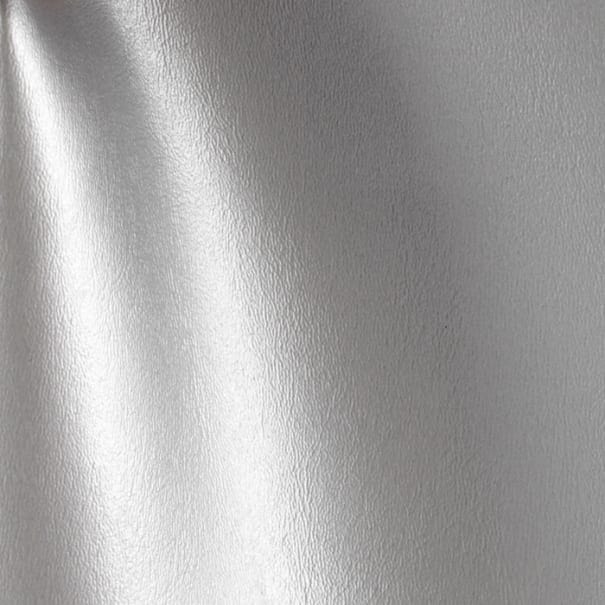If you set to renovate your bathroom, you will encounter the need to know how to tile a shower sooner or later. This process combines both art and science: you can go creative with colors and design but the planning and layout calculations must be accurate and to the point.
This post guides you through the basic things on how to tile a shower that you need to know to transform your bathroom into a nice and cozy place.
HOW TO TILE A SHOWER WALL
The necessary tools:
- wall tiles;
- tile scorer;
- tile nippers;
- tile cutter;
- notched spreader;
- grout spreader;
- profile gauge;
- tile snapper;
- sponge;
- tile file;
- tile saw.
1. GET THE AREA READY
If your bathroom wall still has the old tiles or any other decorative materials, you must remove everything and make sure that the wall is smooth and even. On the whole, the most effective material for a shower wall is a cement board. Resistance to mould and water speaks in favor of this option. All you need to do is to cut it according to the necessary dimensions and attach it to the stud frame.
In case there are some gaps between the new and old walls, fill them in with a filler solution. Also, remember to make holes for the shower cabin which you will install later.
2. PREPARE THE TILES
Carefully measure the width and height of the wall to define how many tiles you need (be even more meticulous if you plan to use mosaic tiles). Most of the tiles are sold in 1 pack for 1 square meter. Make sure to order a few extra packs in case you damage the tiles in the process.
Use a profile gauge to line the wall so you know exactly how to tile the shower wall. With horizontal and vertical markups, you’ll get a shower wall divided into squares or rectangles depending on the tiles you’re going to use and their sizes.
3. START TILING
Begin by laying the adhesive onto the surface of the wall. Use a notched spreader to even it. Next, start laying the tiles. You will have to press each tile firmly against the wall. Use tile spacers between the tiles to get perfectly straight lines. Once the wall is tiled, you can remove them easily. You may also want to use a damp sponge to remove adhesive that gets pushed onto the tiles while you work.
4. HOW TO TILE THE SHOWER WALL: WORKING WITH INTERNAL CORNERS
This is a very difficult area to work with as the angles are often uneven. This means you have to cut custom-sized tiles so they cover the internal corners properly. So how to tile a shower wall’s internal corner?
Carefully measure the area that needs specific adjustments and cut the tile according to those dimensions. Apply adhesive to the back of the tile and attach it to the wall. While tiling another wall, be sure to work very carefully so the grout looks neat.
Lastly, clean up the tiles with a damp sponge, if needed.
Once you are done with all these steps, you wall is ready. Leave the tiles to sit for 2 days to be firmly attached to the wall.
HOW TO TILE A SHOWER FLOOR
Another large area in your bathroom that needs tiling is the floor. Once the wall is tiled, you can begin working with the floor area. To get started, you’re going to need these tools:
- floor tiles and adhesive;
- tile spacers;
- grout float;
- tile cutter;
- notched spreader;
- grout spreader;
- rubber mallet;
- sponge;
- tile file.
The process of tiling the shower floor is somewhat similar to the wall tiling.
1. CLEAN UP THE FLOOR
If the floor is concrete, use a mixture of water and detergent to clean it. Timber floors should be strengthened with plywood.
2. SPOT THE CENTER OF THE BATHROOM
In order to get a neat symmetrical layout, it’s best if you start tiling from the center of the room and to the walls.
3. HOW TO TILE A SHOWER FLOOR
Apply adhesive onto 1 square meter of the floor (you should start from the center of the room as mentioned in step 2). Use a notched spreader to even the adhesive.
Place the first tile onto the adhesive. Work your way out in one direction using tile spacers between the tiles to make sure the lines are perfectly straight. Use a damp sponge to remove adhesive from the tiles as you proceed so it won’t dry up before you remove it.
HOW TO TILE A SHOWER FLOOR: WORKING WITH CORNERS
Corners are tricky areas; to tile them, you’re going to need a tile cutter (either manual or electric). Remember to put a dust mask and goggles on before cutting the tiles.
Once you measured the dimensions of the tiles for the corners, cut the tiles. You’ll probably find that the rough edges appeared so use a tile file to fix those.
Next, apply adhesive to the back of your custom-cut tiles and place them onto the floor. Don’t forget about tile spacers too.
P.S. It’s usually a great idea to buy an extra pack of floor tiles so you have them in store in case something is broken or damaged.
GROUT THE TILES
Put the grout onto the joints with a grout float. Use as much grout as you need to make sure that the joints are leveled with the tiles. Remove the grout from the tiles as you proceed. This is a tedious and lengthy process so get ready to spend quite a long time on this.
P.S. It’s a good idea to apply a silicon sealant to the corners of the floor and walls to ensure that moisture won’t get in.
Once you’re done, try not to walk on the floor to allow the tiles and grout to harden properly. Check the instruction for the grout to know for how long exactly it should be left to dry.
There you are – a quick guide on how to tile a shower, including both walls and floor. Happy tiling!


























